My main purpose visiting Lousã Mountains was too see and register the mimosa tree (Acacia dealbata) flowering. After the amazing visit to Gondramaz schist village and lunch at Burgo's restaurant we went through Lousã Mountains to see those stunning yellow flowers.
I already had been there before (at work) and I know what I was going to see, but even so, I had the same exact feeling!
Am I in Australia??
Well, NO, I'm still in Portugal. But why I don't see our native oak or cork trees and all the native shrubs and herbs? Well, it was introduced by man about 100 years ago.
Anyone got a clue why the man did that?
- Mimosa tree has attractive and fragrant flowers
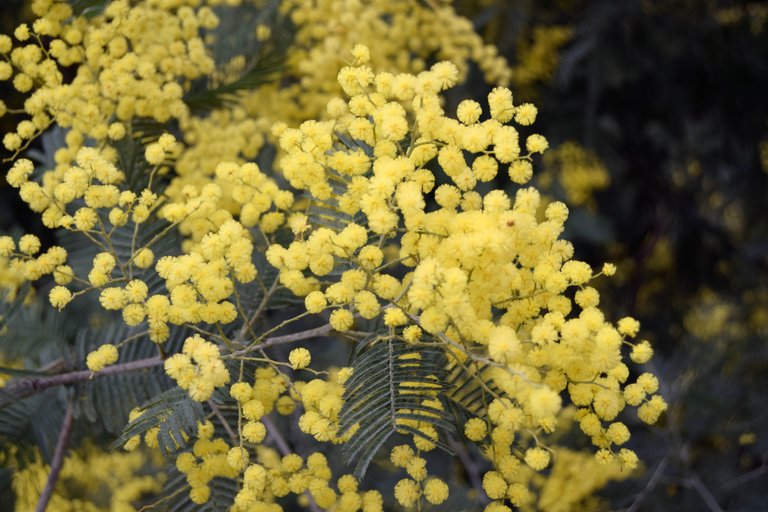
- It has very rapid growth (in high)
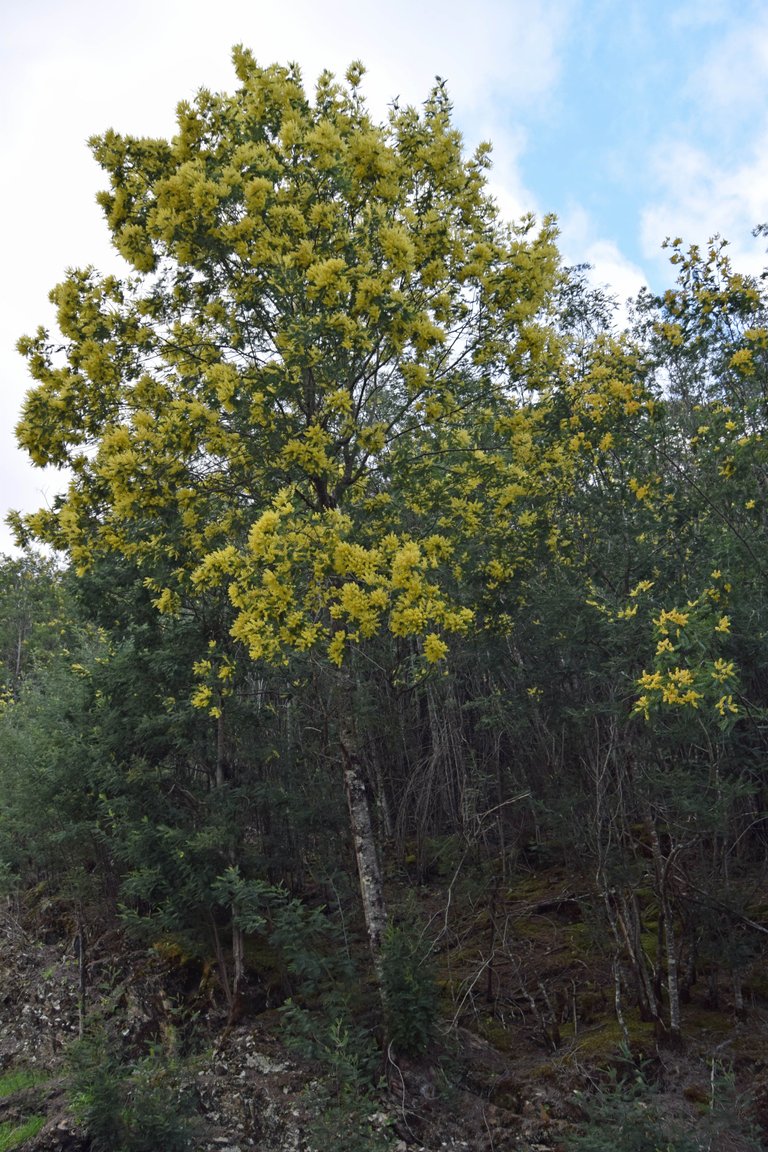
...and to the side, occupying everything!
Everywhere we turn, there it is!!
and again,
and again!!
I filmed this short video so you can understand better the magnitude of its spread.
Where did this mimosa tree came from and what special features does it have?
Acacia dealbata, also known as mimosa tree, silver wattle or blue wattle, is native to Australia (Victoria, New South Wales, Tasmania). It has been introduced into many countries becoming invasive in South Africa, Madagascar, New Zeland, California, India, Sri Lanka, Argentina, Chile, France, Spain, Portugal, and Turkey.

SHORT DESCRIPTION
It's a fast-growing tree can reach up to 30m in height that root suckers freely and can coppice from cut stump. Leaves are greyish-green and segmented, leaf axis has glands only at the insertion of the pinnae. Flower heads are 5-6mm in diameter, pale yellow. Legume is compressed, scarcely constricted between the brown seeds. Acacia dealbata is a prolific producer of seeds that remain viable in the ground for up to 50 years. It regenerates readily following fire and often forms fire-induced thickets by prolific root suckering.
As you may notice, this is a fierce invasive plant!
Introduction in Portugal
It has been known in Europe since at least 1824. The first registry in Portugal was in 1850 on a farm close to Lisbon, being after widespread and promoted as an ornamental plant, or planted for forestry and for soil stabilization.
Nowadays is recognized as one of the most invasive plants in Portugal. It's spread in northern and center mountains, in the south it occurs mainly in riverbanks.
As you see, it was intentionally planted, at least in the beginning, and as result, it displaced our native plant communities wich turns our forest less biodiverse and more propense to fire.
Eradication is not possible anymore, and its control is a hard task, hardly reached, reminding the Sisyphus Myth.
Sisyphus Myth

Sisyphus was a figure of Greek mythology who was condemned by the gods to ceaselessly rolling a rock to the top of a mountain, whence the stone would fall back of its own weight. They had thought the repetition of the same meaningless task was a dreadful punishment. As Sisyphus acknowledges the futility of his task and the certainty of his fate, he is freed to realize the absurdity of his situation and to reach a state of contented acceptance.
The Albert Camus essay concludes, "The struggle itself toward the heights is enough to fill a man's heart. One must imagine Sisyphus happy."
source
I think mimosa tree invasive situation in Portugal can be seen as a Sysyphus problem.
Control actions if not taken seriously can transform in a meaningless effort. Like Albert Camus said, one must imagine Sisyphus happy and help whenever possible in invasive plant control actions. Anyone can avoid new introductions and participate in citizen science activities.
Sources
- CABI 2015
- DAISIE 2006
- Fernandes MM (2008) Recuperação Ecológica de Áreas Invadidas por Acacia dealbata Link no Vale do Rio Gerês: um Trabalho de Sísifo? Dissertação de Mestrado. Universidade de Trás-os-Montes e Alto Douro. Vila Real.
- Maslin BR, McDonald MW (2004) AcaciaSearch: Evaluation of Acacia as a woody crop option for southern Australia. Report to the Rural Industries Research and Development Corporation, Canberra, Publication No. 03/017.
- Plantas invasoras em Portugal
- The Myth of Sisyphus by Albert Camus
If you're interested in invasive species subject you would probably like to see my previous posts:
Human influence on invasive species
Introduced species that became invasive
Water hyacinth - An invasive beauty all over the world - Photos from Portugal
Water hyacinth invasion on Guadiana river - some numbers, facts and thoughts
I recently finished my master degree on Conservation Biologist studying invasive plants in the south of Portugal. I've been busy lately producing my first scientific article, wich I consider it a great responsibility, maybe that's why I've stopped posting about invasive species in 2 months!! Ouch, that's something I want to change because this was one of my main objectives when I decided to enter on Steemit: "share some knowledge about one of the major causes of biodiversity loss". This was the most difficult post I've wrote on Steemit so far, I had so much more things to share about this plant, but I had to keep it to the minimum. Hope you liked this approach. I don't want to make it hard to read, I only want that you get aware!
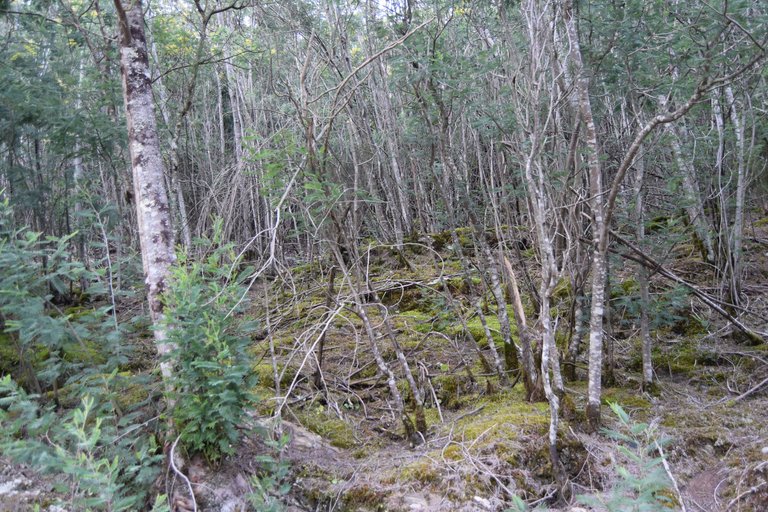
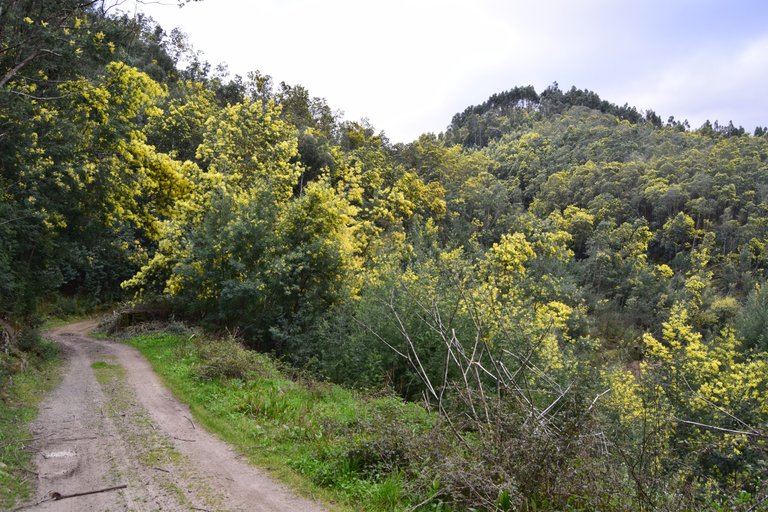
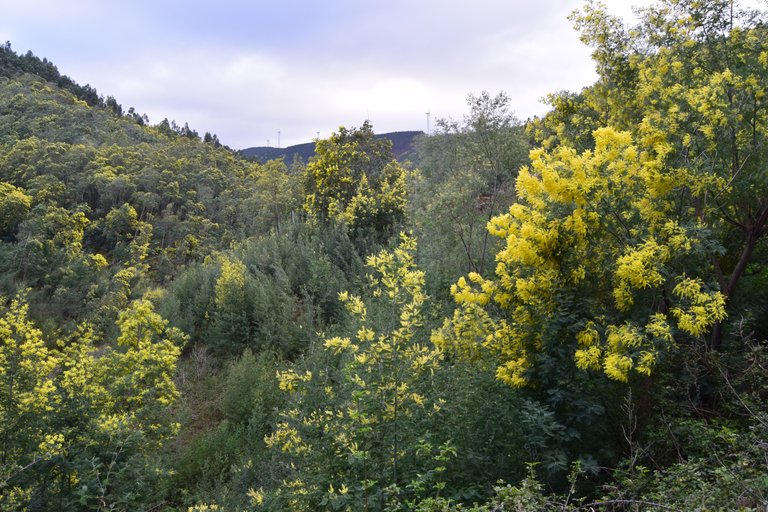
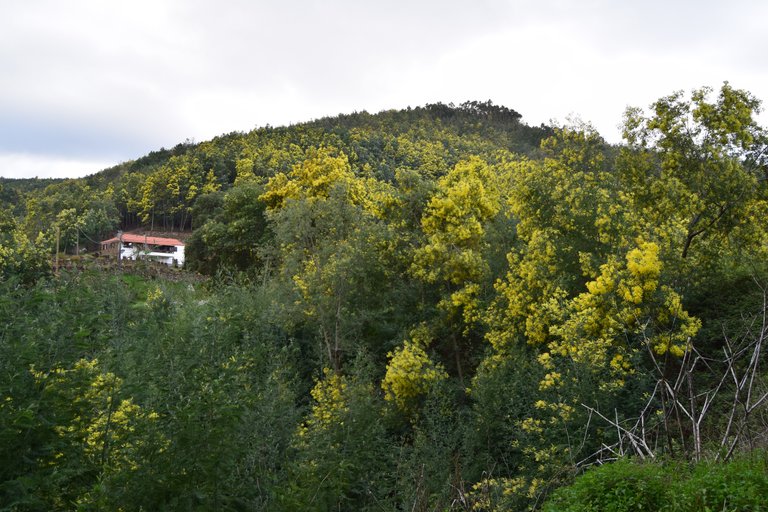
It is such a pity that man has messed things up so much.
I think pine and eucalyptus trees in Portugal were also planted, I think in the 1970's, for forestry, displacing the native trees. Both these are a fire hazard as well.
I can't remember what species of tree they replaced, I read something like this a while back.
You're totally right!! Eucalyptus and Pinus were also planted and are the main affected during summer fires. I actually don't know when pinus trees were planted, it was a long time ago. Eucalyptus were massively planted in the last 50-70 years. It's a pity, year after year the same arguments, but the same tragedy too! History says oak trees were cut to build Portuguese Caravels to be used by the navigators.
I told you the video would work - just make sure your in the next one ;) Congrats on the $'s! A 66 reputation is just hours away now!!
Eu olhando essas fotos, já veio na cabeça os diversos ângulos para fotografar :D
Thank for sharing. Very intresting.
Thanks @shady. Glad you appreciate it!!
Congratulations on getting your Masters degree! That Acacia looks super invasive! I bet it smells good there, though! I'm just looking for some good, because I can appreciate how much of a loss of native habitat is in those landscape photos that you show. So many plants have become invasive - after being introduced on purpose. Such a problem!
Thanks!!
Yes, mimosa tree is occupying very large areas in the center and northern mountains of Portugal. The smell it is very nice actually, but poor of the guys that have to live there. Pollen might get unsupportable (I think).
Wonderful photos, interesting text. Beautiful design of the post. That's cool!
Thank you so much!! It's this kind of comments that can cheer us up!!
That trees has yellowing the side of the mountain. Nice @liliana.duarte
Everything is yellow, a lots of pollen in the air too, a mess!
Hi liliana
Im doing a project in portugal relating to the Mimosa. Would love to ask you a few questions via email. Would that be cool with you, and if so what your email address?
Thanks
Alex